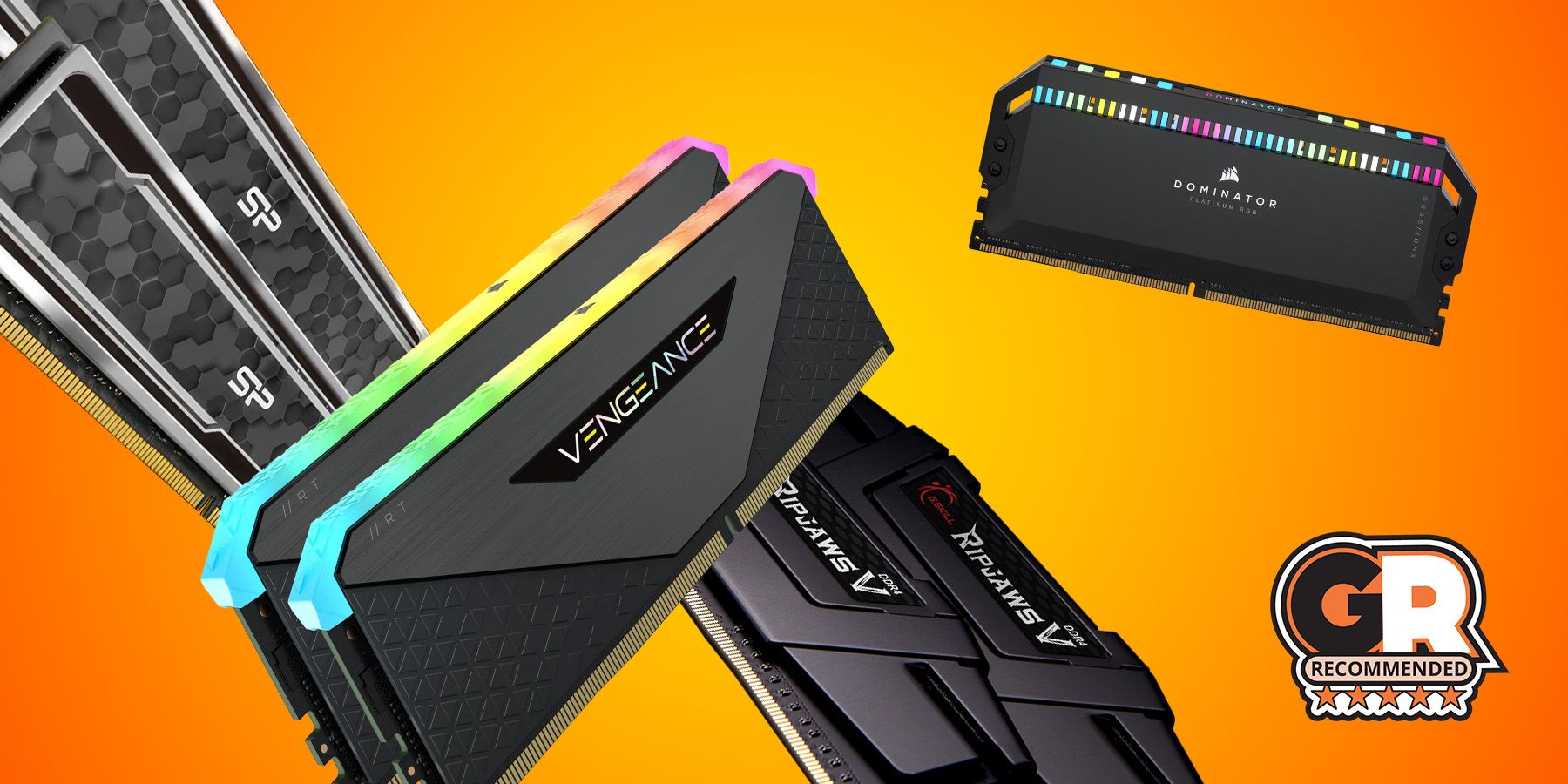Printing Technology Careers: Skills, Roles, and Industry Outlook
The printing technology industry: an overview
The printing technology industry has undergone significant transformation over recent decades. What was formerly preponderantly mechanical nowadays incorporate digital processes, automation, and integrate workflows. Despite predictions of its decline in the digital age, printing remain an essential component of marketing, packaging, publishing, and manufacturing sectors.
Those who work in the printing technology pathway are part of an industry that generate billions in revenue yearly and employ thousands of skilled professionals across various specializations. Understand the characteristics, skills, and career trajectories of these professionals provide insight into this evolve field.

Source: present5.com
Technical expertise and specialization
Professionals in the printing technology pathway typically possess strong technical knowledge specific to their area of specialization. The industry encompass several distinct printing methods, each require specialized expertise:
- Offset lithography Operators understand plate chemistry, ink water balance, and press mechanics
- Digital printing Technicians maintain expertise in color management, variable data, and digital workflow systems
- Flexographic Specialists work with flexible plates and understand substrate compatibility for packaging
- Screen printing Artisans master stencil creation and ink application techniques
- Grave Experts work with engraved cylinders for high volume, high quality printing
Beyond method specific knowledge, print professionals typically demonstrate proficiency with specialized software for design, prepress, and production management. They understand file preparation, color theory, and output specifications that ensure quality results.
Problem solve abilities
Those in the printing technology pathway are typically skilled troubleshooters. Print production involve complex interactions between machinery, materials, and environmental factors. When issues arise — whether color inconsistencies, registration problems, or equipment malfunctions — print professionals must cursorily diagnose and resolve them.
This problem solves mindset extend beyond technical issues to customer requirements. Print specialists oftentimes collaborate with clients to determine the virtually effective and efficient ways to achieve desire results within budget and timeline constraints.
Mechanical aptitude and hands on skills
Despite increase automation, printing technology ease require significant hands on expertise. Professionals in this field typically demonstrate strong mechanical aptitude and manual dexterity. They understand the mechanical principles behind print equipment and can perform adjustments, maintenance, and repairs as need.
This hands on capability prove peculiarly important when:
- Calibrate equipment for optimal performance
- Troubleshoot mechanical issues during production
- Set up machines for specific job requirements
- Perform preventative maintenance to avoid costly downtime
The ability to work well with tools, machinery, and physical materials remain a define characteristic of successful printing technology professionals.
Attention to detail and quality focus
Precision is paramount in print technology. Yet minor errors can result in costly waste and customer dissatisfaction. Professionals in this pathway typically demonstrate exceptional attention to detail and a commitment to quality control.
This meticulous approach manifests in various aspects of their work:
- Cautiously check files before production begin
- Monitor color accuracy throughout print runs
- Inspect finish products against quality standards
- Maintain consistent output across large production batches
Many printing technology specialists develop a virtually intuitive ability to spot imperfections that might escape notice by untrained observers. This quality focus mindset help maintain the industry’s standards and reputation.
Adaptability and continuous learning
The printing industry has experience dramatic technological change, and those who succeed in this pathway typically embrace continuous learning. Digital innovations, automation, and new materials perpetually reshape production methods and capabilities.
Successful printing professionals:
- Stay current with emerge technologies and industry trends
- Pursue ongoing education and certification opportunities
- Adapt to new equipment and software platforms
- Integrate traditional knowledge with modern techniques
This adaptability allows print technology specialists to remain relevant as the industry evolve. Many professionals who begin careers work with strictly mechanical systems have successfully transition to manage digital workflows and computer control equipment.
Common roles in the printing technology pathway
The printing technology pathway encompass diverse roles, each require specific skills and expertise. Professionals typically specialize in one or more of these positions:
Prepress technicians
These specialists prepare files for printing, ensure proper color separations, image resolution, and layout specifications. They typically excel in graphic design software and understand technical requirements for various printing methods. Prepress technicians oft serve as the bridge between creative design and production capabilities.
Press operators
The core production role in printing facilities, press operators manage and control printing equipment. They typically demonstrate strong mechanical knowledge, understanding of ink and substrate interactions, and the ability to maintain consistent quality throughout production runs. Modern press operators oftentimes combine traditional craft knowledge with digital control systems expertise.
Bindery and finishing specialists
These professionals transform print materials into finished products through cutting, fold, binding, laminating, and other post press processes. They typically possess specialized knowledge of finish equipment and understand structural design principles for various print products.
Print production managers
Oversee the entire production workflow, these managers coordinate resources, schedules, and quality control. They typically combine technical printing knowledge with business management skills, ensure efficient operations while maintain customer satisfaction.
Digital print specialists
Focus specifically on digital printing technologies, these professionals manage variable data printing, on demand production, and digital color management. They typically demonstrate strong computer skills alongside print expertise.
Communication and customer service skills
While technical expertise remain fundamental, print technology professionals progressively need strong communication abilities. They regularly interact with:
- Designers and creative professionals submit files
- Customers with varying levels of print knowledge
- Colleagues across different departments
- Suppliers of materials and equipment
The ability to explain technical concepts in accessible language help prevent misunderstandings and ensure customer expectations align with production realities. Many printing specialists serve as consultants, help clients select appropriate materials, finish options, and printing methods for their specific needs.
Environmental awareness and sustainability focus
Modern printing technology professionals typically demonstrate increase environmental consciousness. The industry has make significant strides in sustainability done:
- Vegetable base inks and eco-friendly coatings
- Reduced chemical usage in platemaker and clean
- Paper source from certified sustainable forests
- Energy efficient equipment and processes
- Waste reduction and recycling programs
Those work in print technology oftentimes take pride in implement and promote these environmentally responsible practices. Many facilities forthwith market their green credentials as a competitive advantage, require staff to understand and communicate these sustainability initiatives.
Education and career development
Professionals in the printing technology pathway typically enter the field through one of several educational routes:
Technical education programs
Specialized printing technology programs at technical schools and community colleges provide comprehensive training in both traditional and digital printing methods. These programs typically combine classroom instruction with hands-on experience use industry standard equipment.
Apprenticeships
Some print professionals distillery enters the field through formal or informal apprenticeships, learn direct from experienced practitioners. This approach provide intensive, practical training specific to particular printing environments.
Related degree programs
Professionals may enter printing technology from adjacent fields like graphic design, industrial technology, or engineering. They typically supplement their broader education with specialized printing knowledge gain through on the job training.
Industry certifications
Organizations like the printing industries of America offer certifications that validate specialized knowledge in areas like color management, digital printing, and press operation. These credentials demonstrate professional commitment and expertise.
Career advancement in print technology typically follow either a technical specialization path or a management trajectory. Some professionals become extremely specialized experts in niche printing applications, while others leverage their technical background to move into production management, sales, or consulting roles.
Work environment and culture
The work environment for print technology professionals varies substantially depend on the specific sector and facility size. Nonetheless, certain characteristics typically define the print workplace:
Production focus environment
Printing facilities operate as production environments with deadlines, quality standards, and efficiency metrics. Professionals in this field typically thrive in structured settings where tangible output measure success.

Source: printrove.com
Team base collaboration
Modern printing typically involves collaborative workflows where specialists in different areas must coordinate intimately. Successful professionals demonstrate strong teamwork abilities alongside their technical skills.
Blend of craft and technology
The printing industry unambiguously combines traditional craft knowledge with cutting edge technology. Many print professionals take pride in this dual heritage, appreciate both the artistic aspects of their work and the technical innovations that drive the field advancing.
Industry challenges and future outlook
Those work in the printing technology pathway face several industry-wide challenges:
- Competition from digital media and electronic communication
- Consolidation of print businesses into larger operations
- Pressure to reduce environmental impact while maintain quality
- Need for continuous adaptation to new technologies
- Price competition and commoditization of some printing services
Despite these challenges, print technology continue to evolve sooner than disappear. Growth areas include:
- Packaging printing, which remain essential for physical products
- Specialty print on diverse materials beyond paper
- Variable data print for personalized marketing
- Integration of print electronics and interactive elements
- Short run, on demand production capabilities
Professionals who combine traditional printing knowledge with digital expertise and business acumen typically find continue opportunities in this transform industry landscape.
Conclusion
Those who work in the printing technology pathway are typically versatile professionals who combine technical expertise, problem solve abilities, and attention to detail. They bridge the worlds of mechanical craft and digital technology, transform design concepts into tangible print products.
While the industry continue to evolve in response to digital disruption, environmental concerns, and change market demands, print technology remain an essential component of manufacturing, marketing, and communication infrastructures. The professionals who maintain and advance this technology continue to adapt their skills while preserve the core knowledge that define this specialized field.
For those consider a career in print technology, the pathway offer the satisfaction of create tangible products while engage with evolve technologies and processes. The industry reward those who combine technical precision with creative problem solve and a commitment to continuous learning.
MORE FROM grabjobtoday.com













